Archive
2021
KubaParis
WERK.STOFF Painting Award
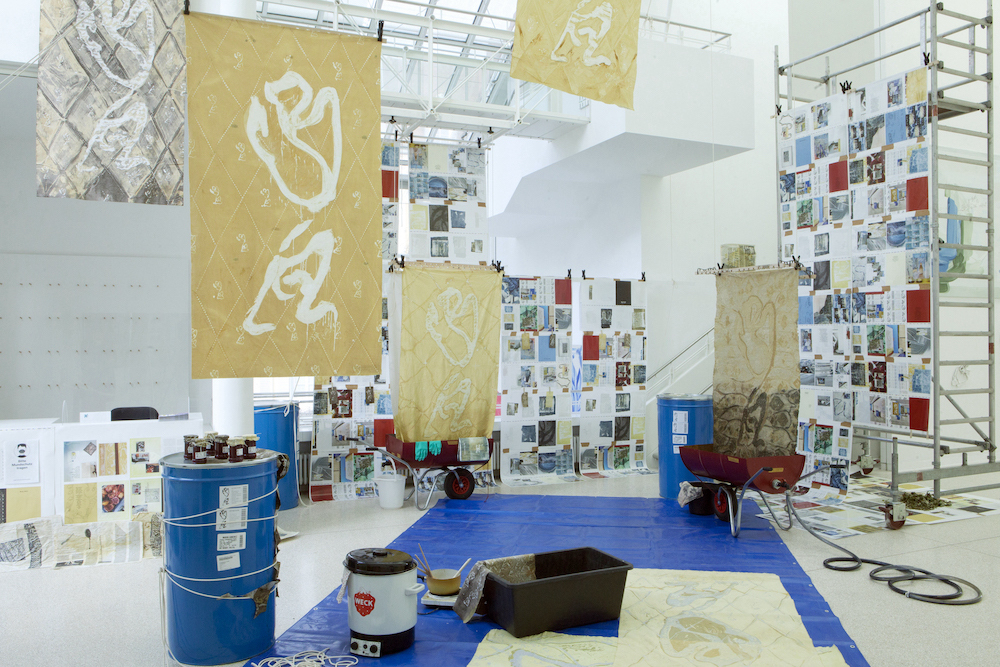
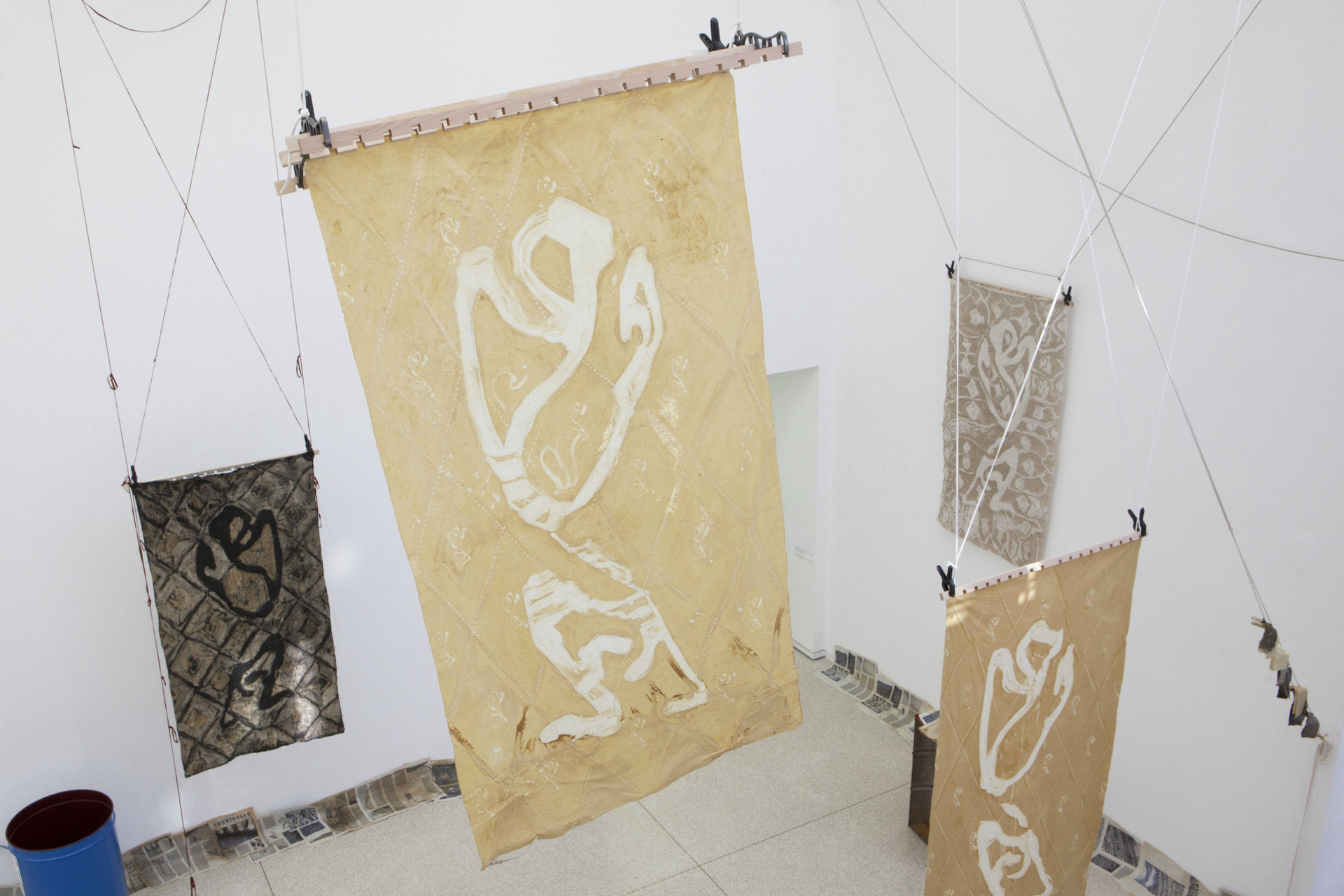
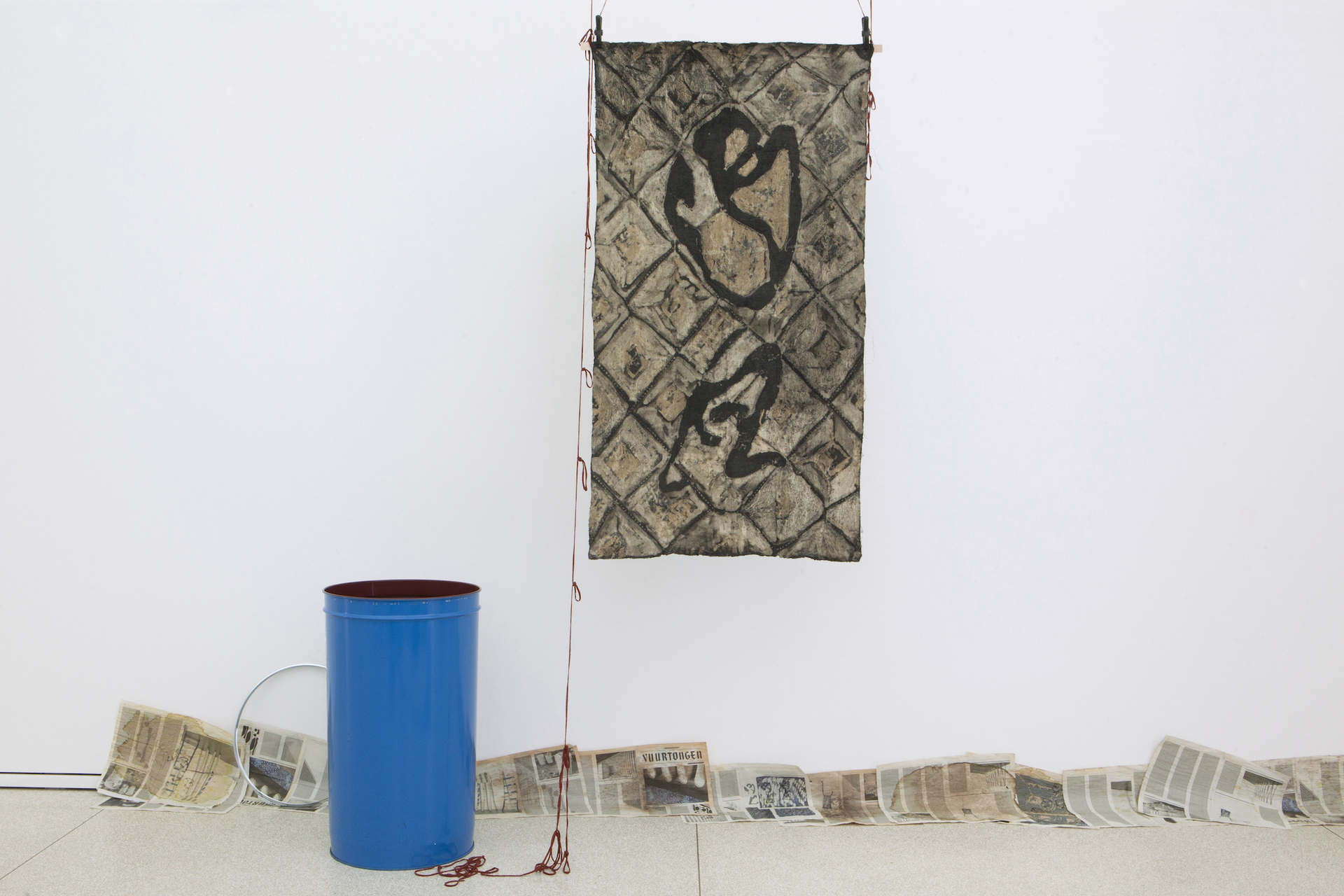
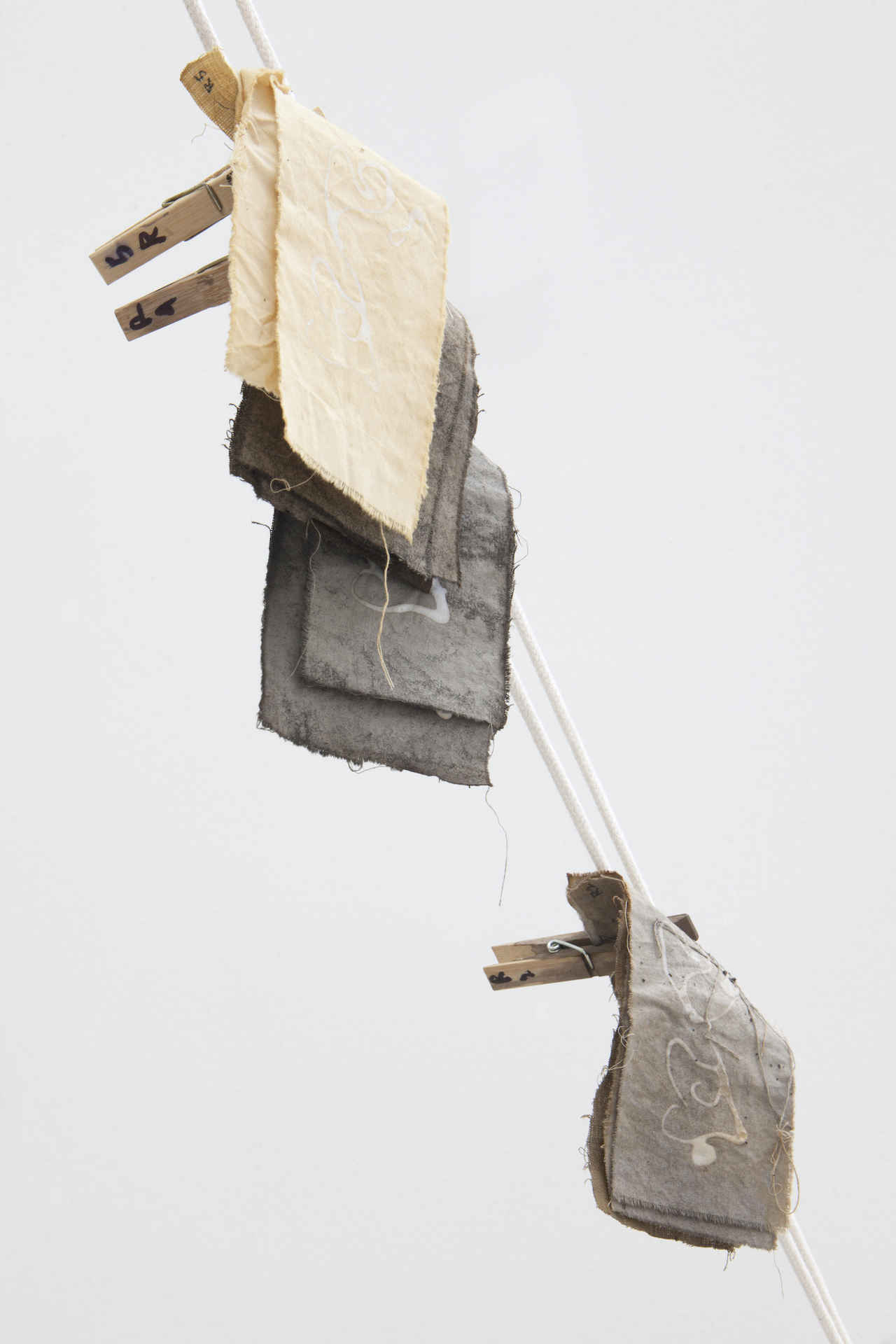
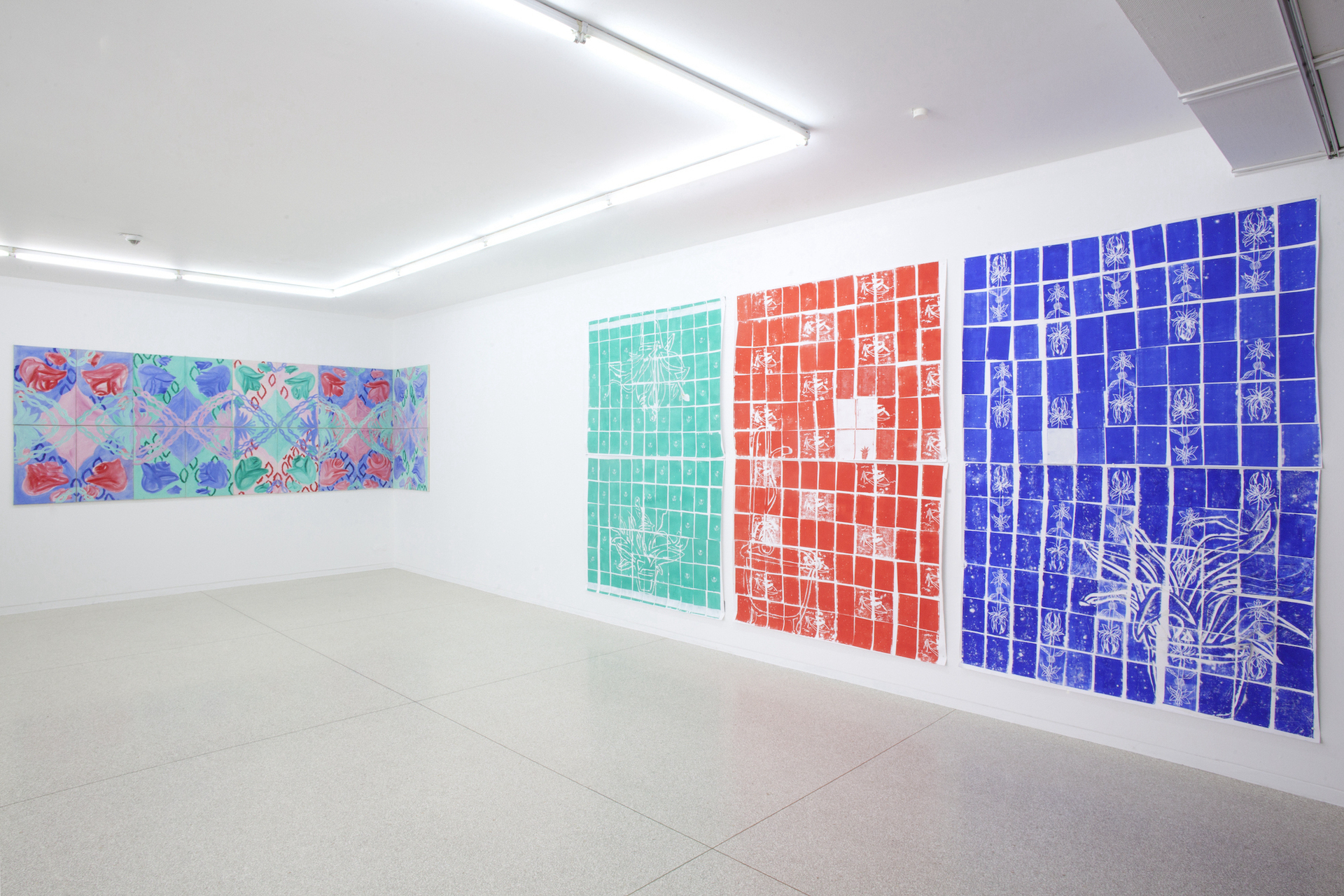
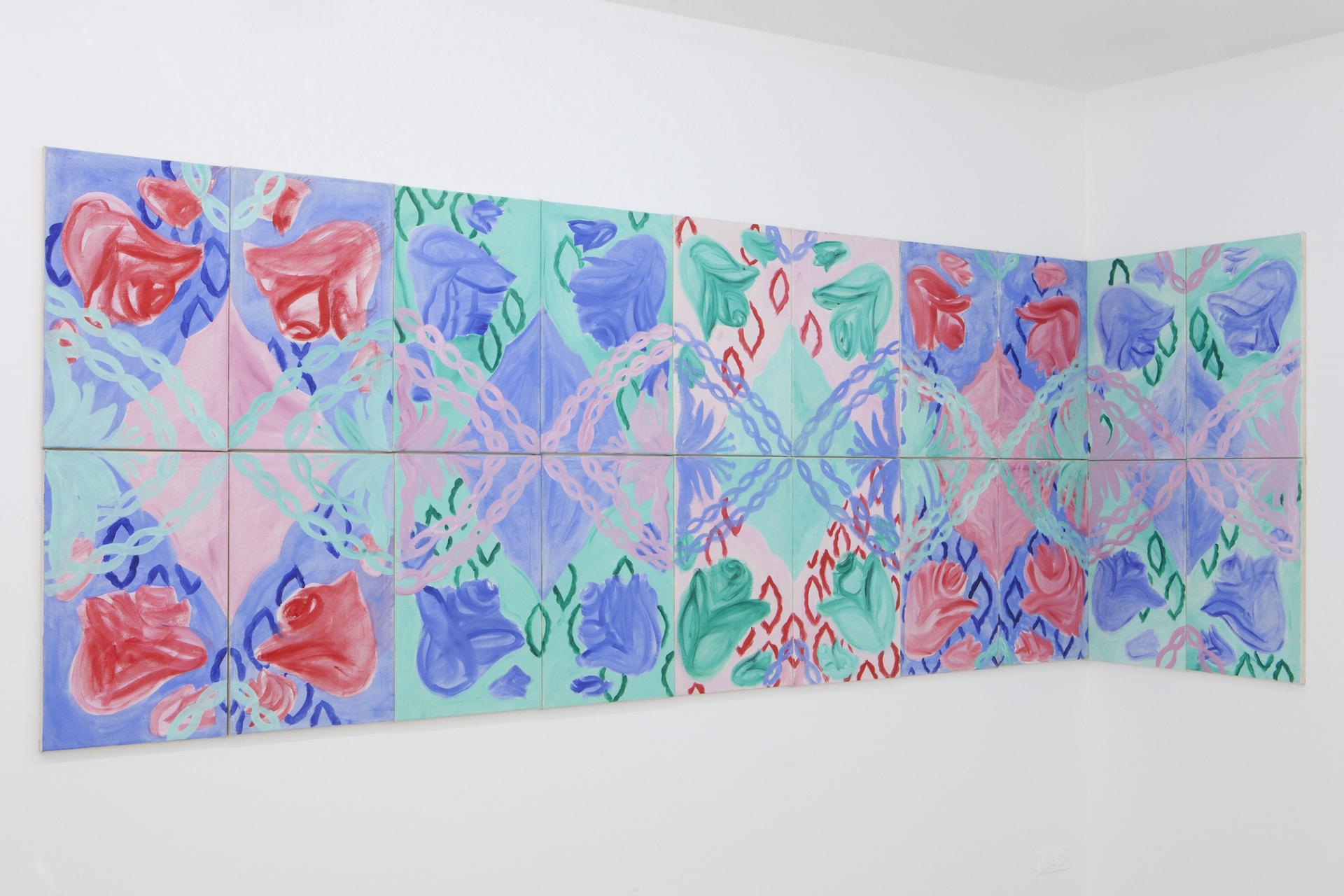
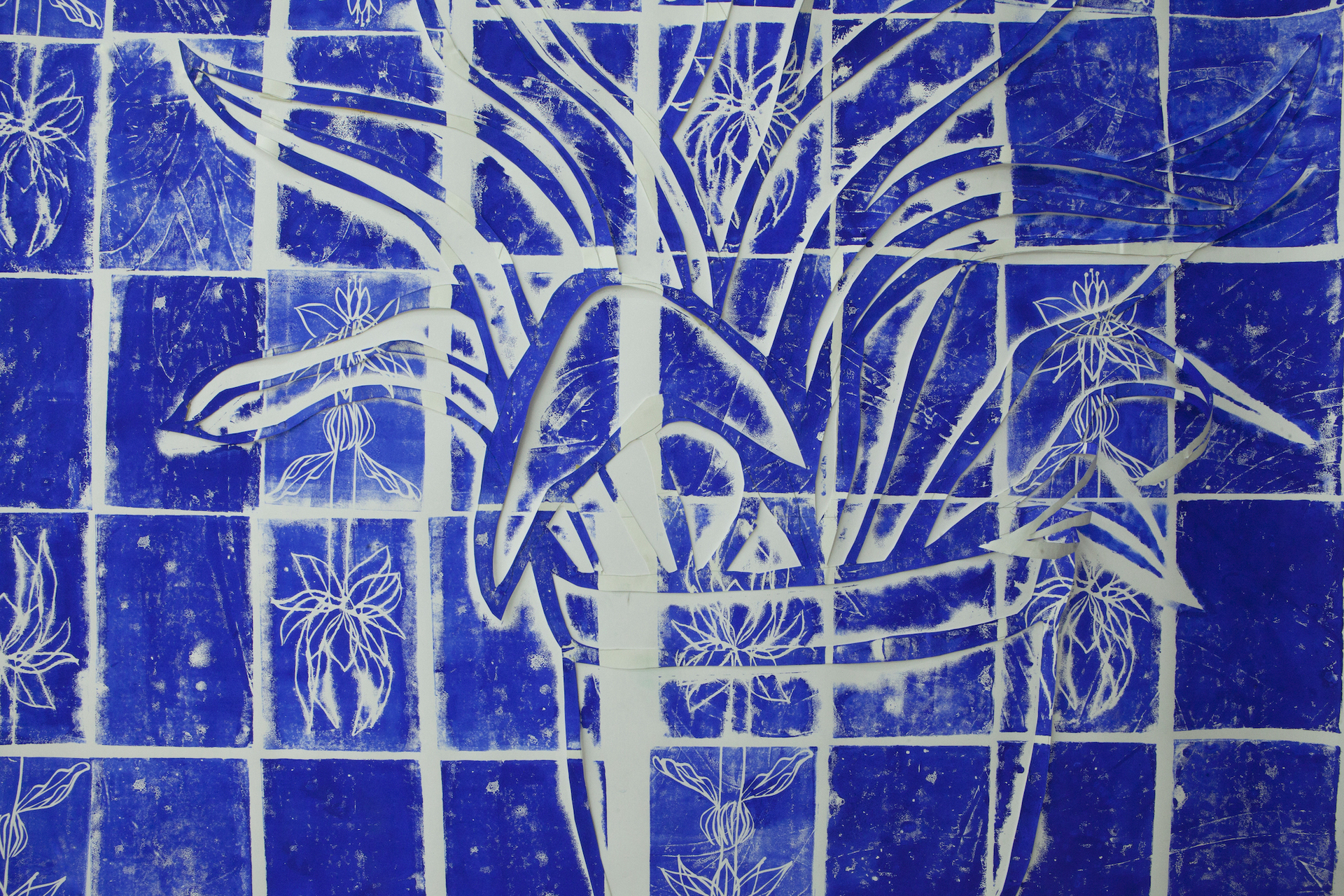
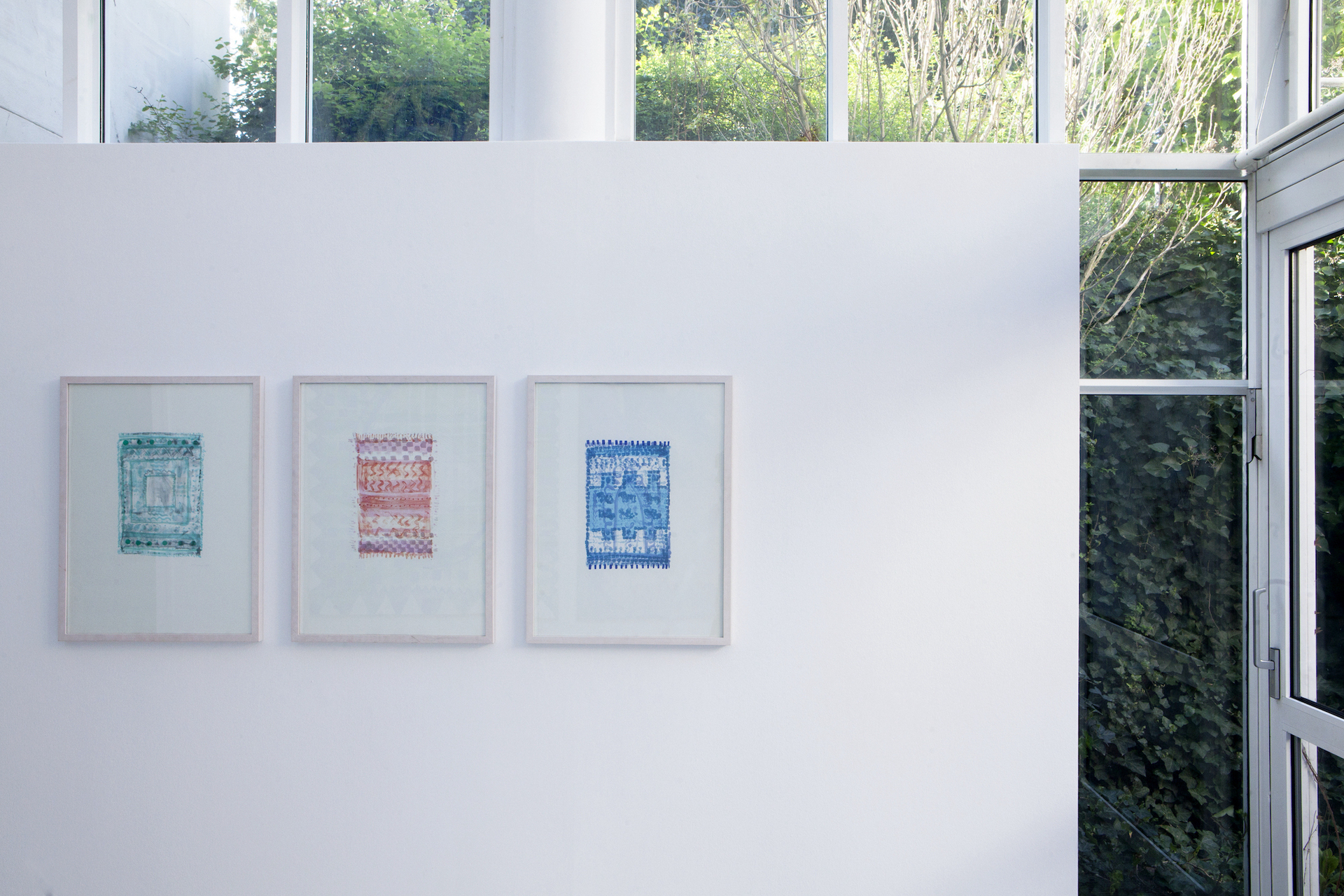
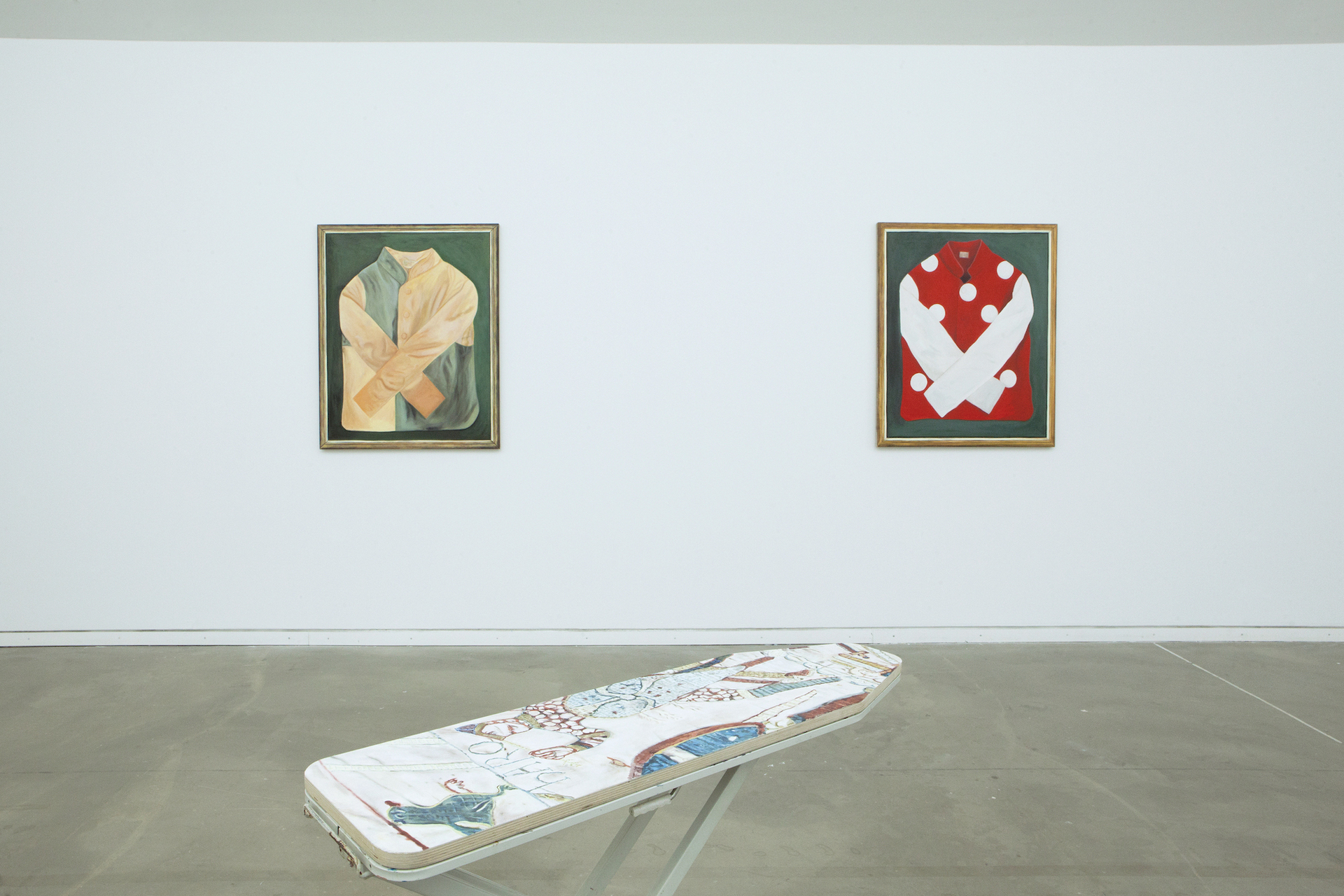
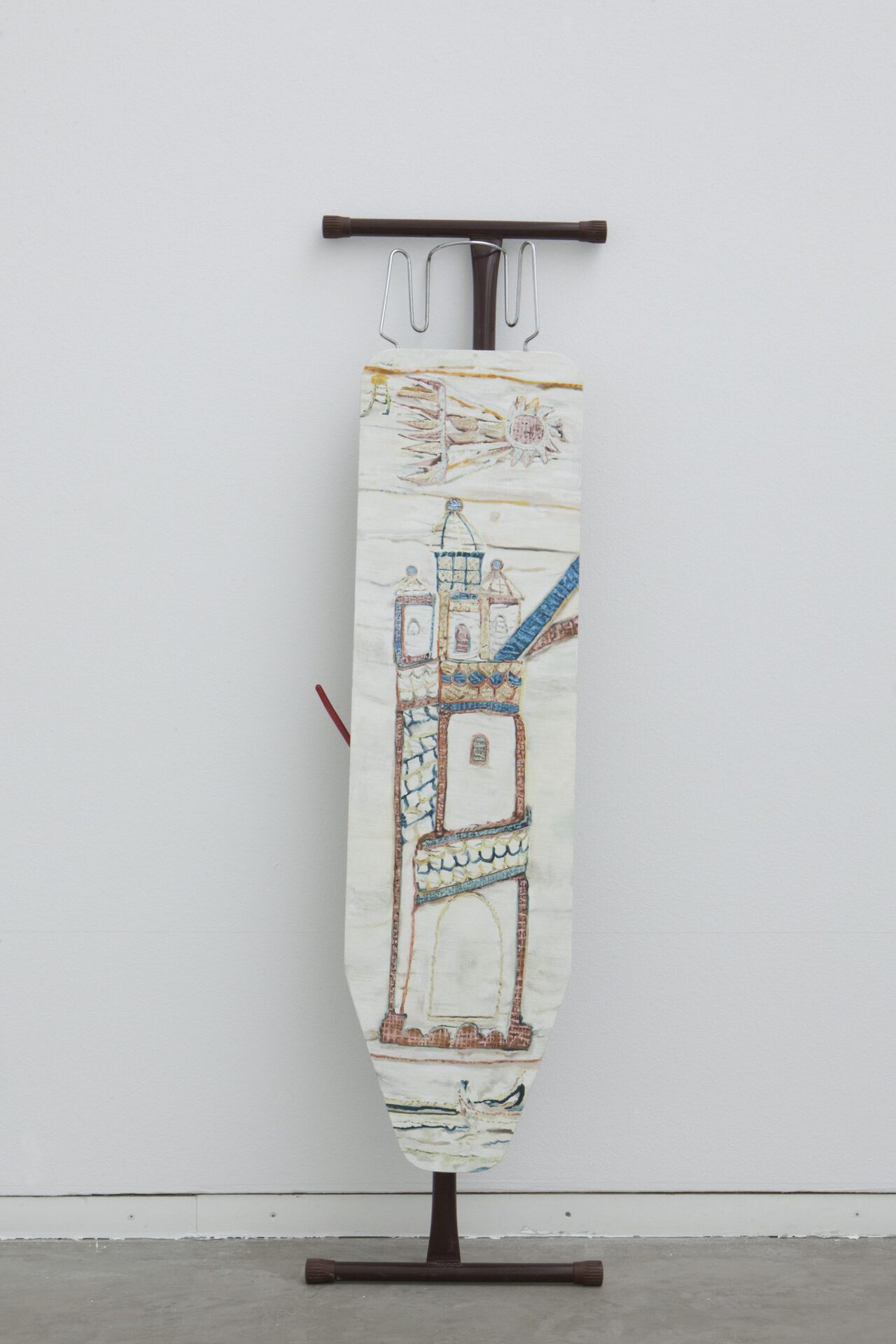
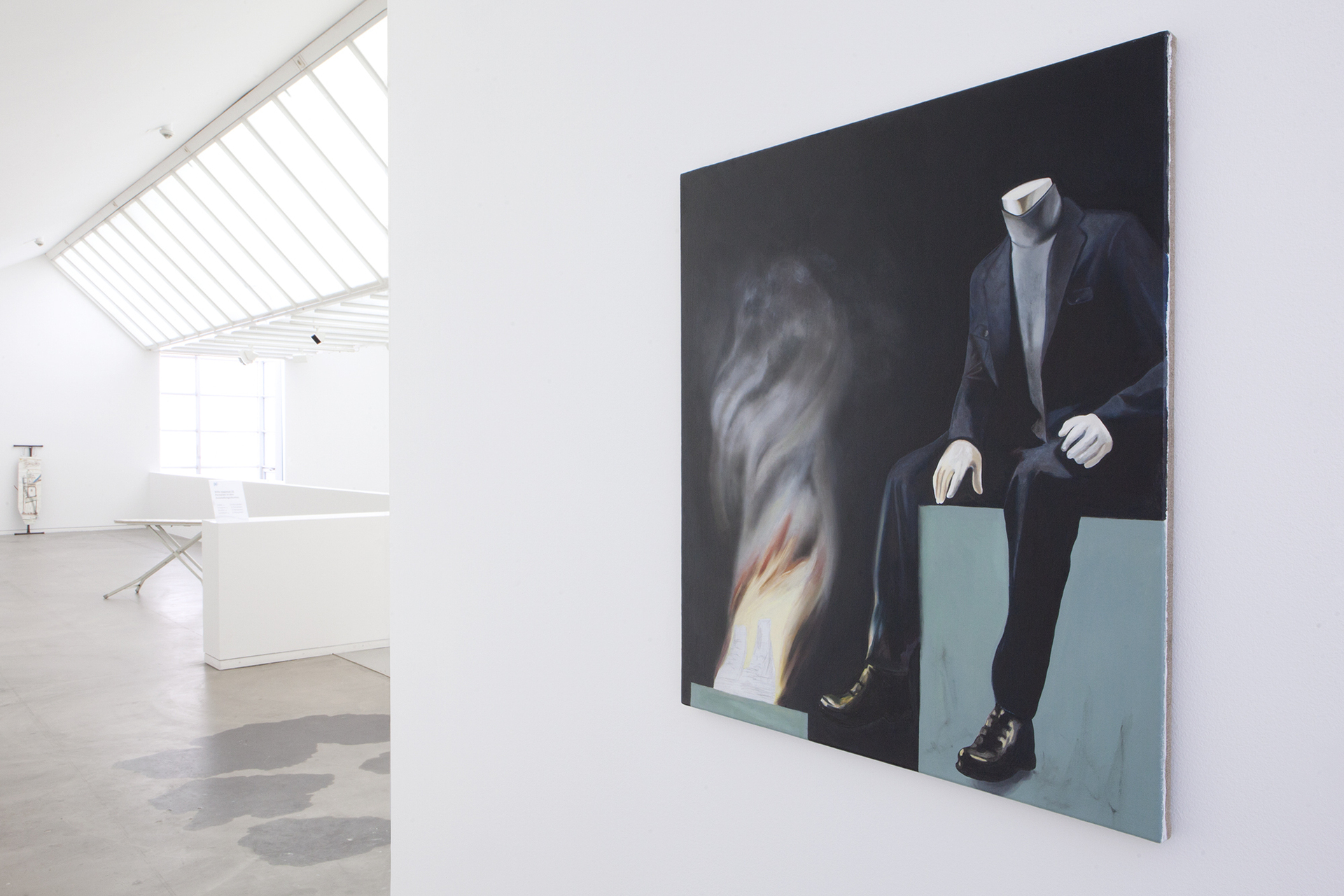
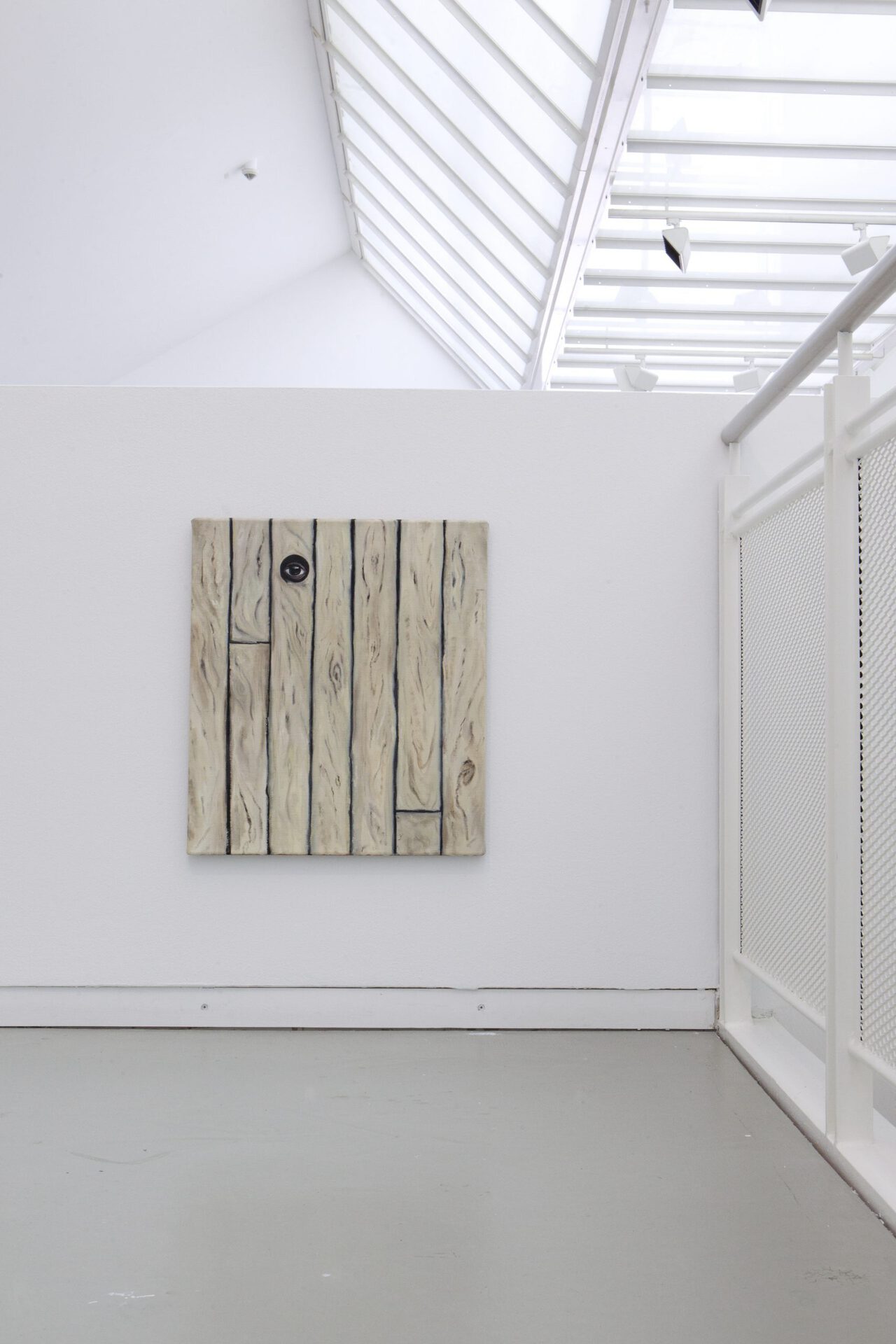
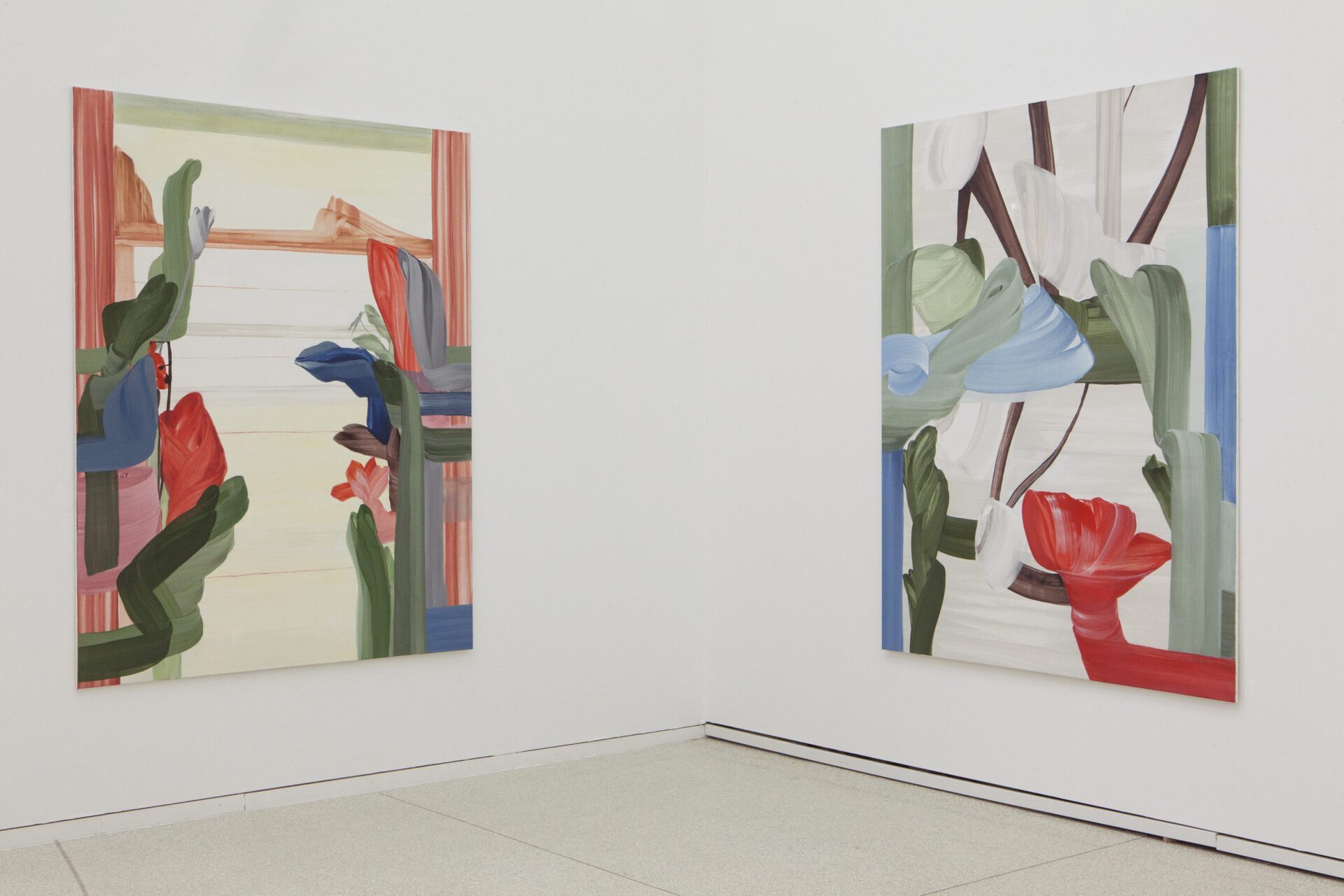
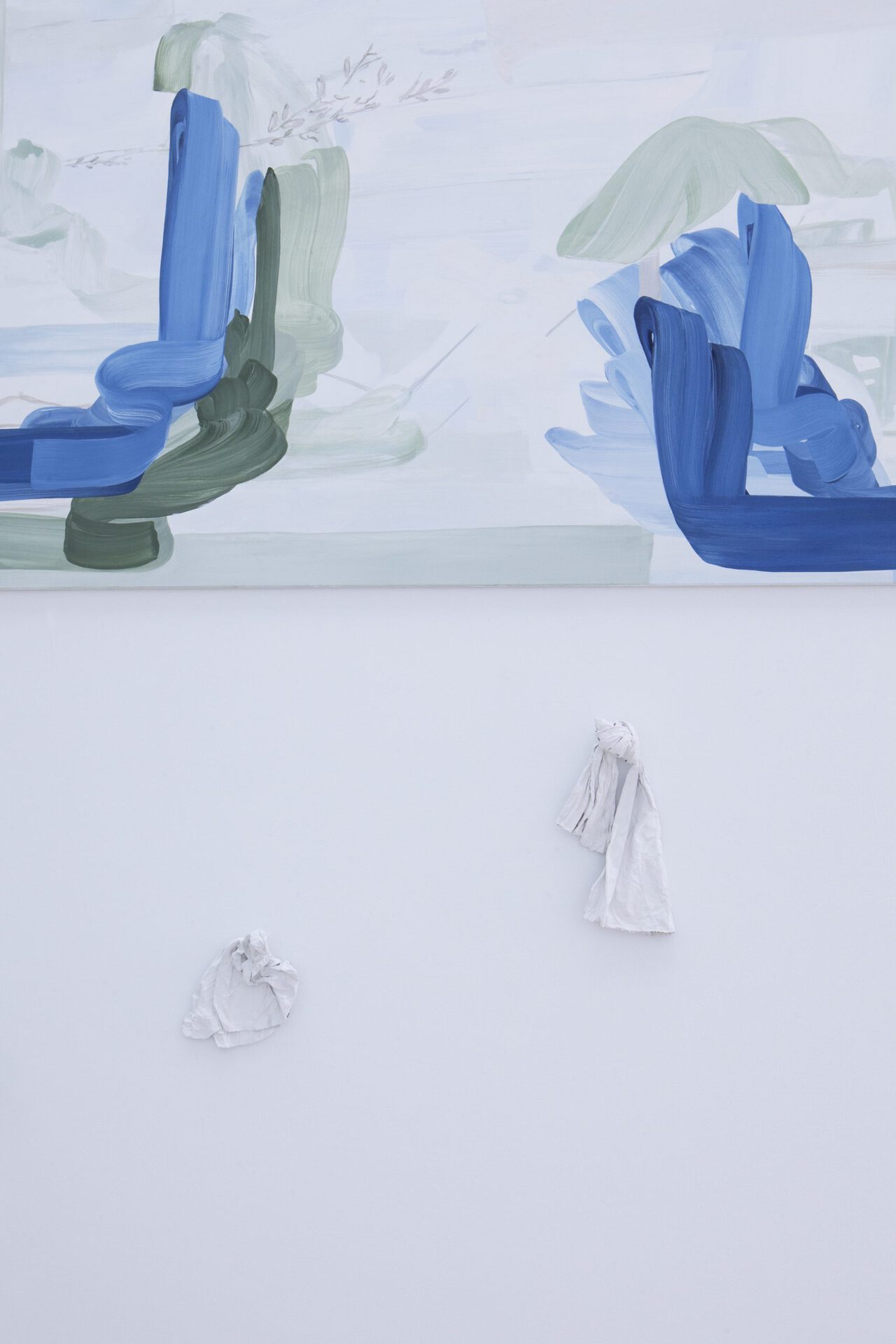
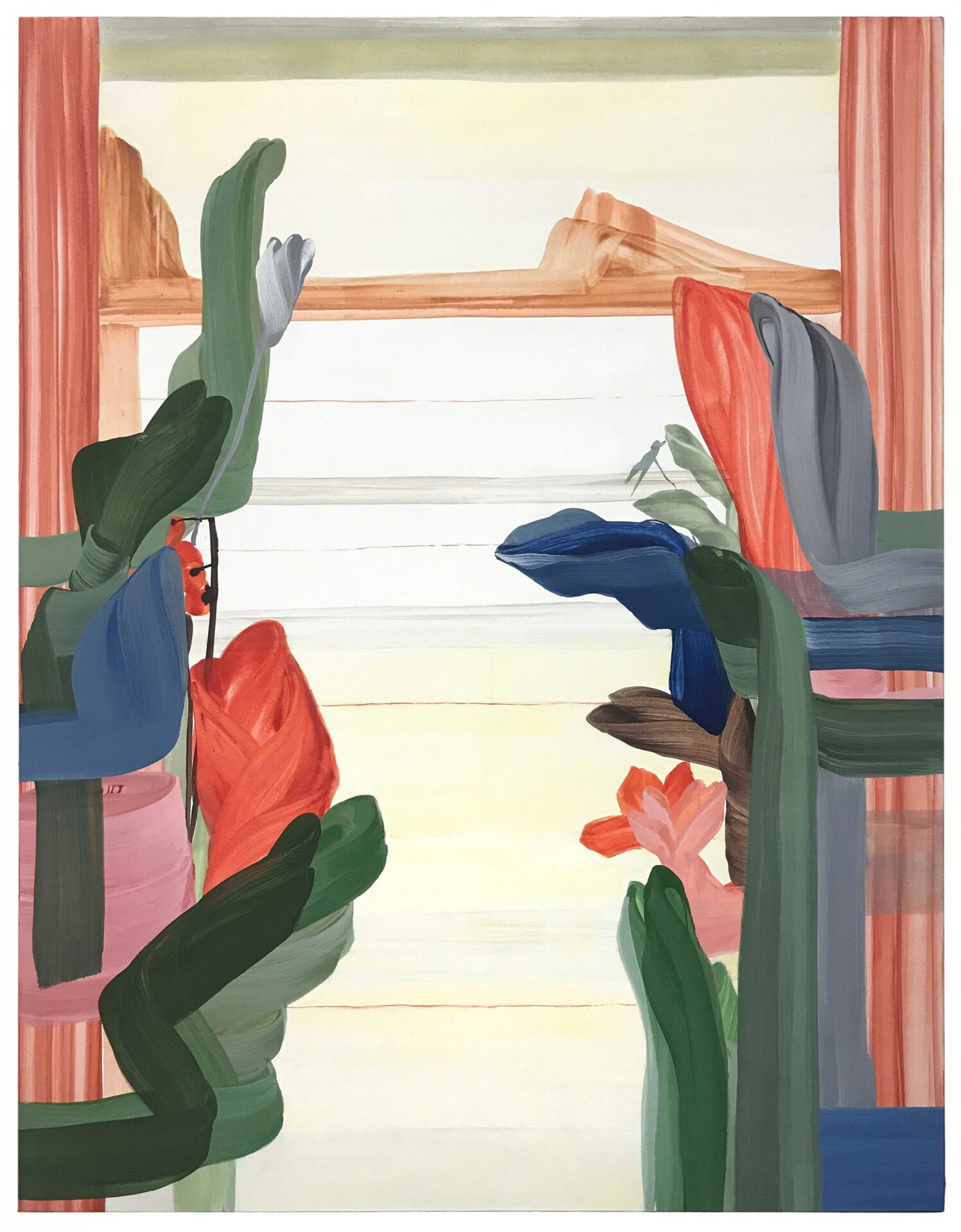
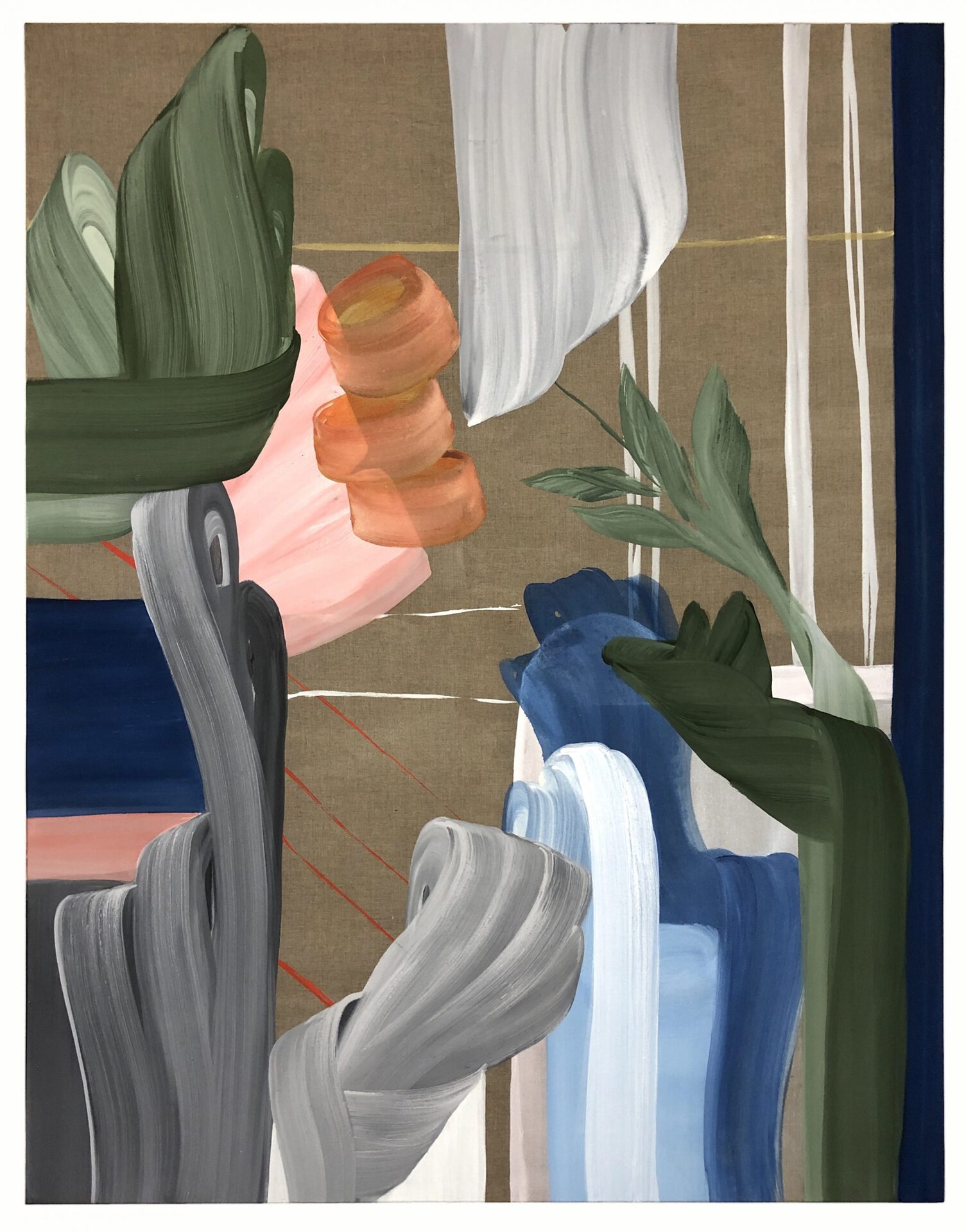
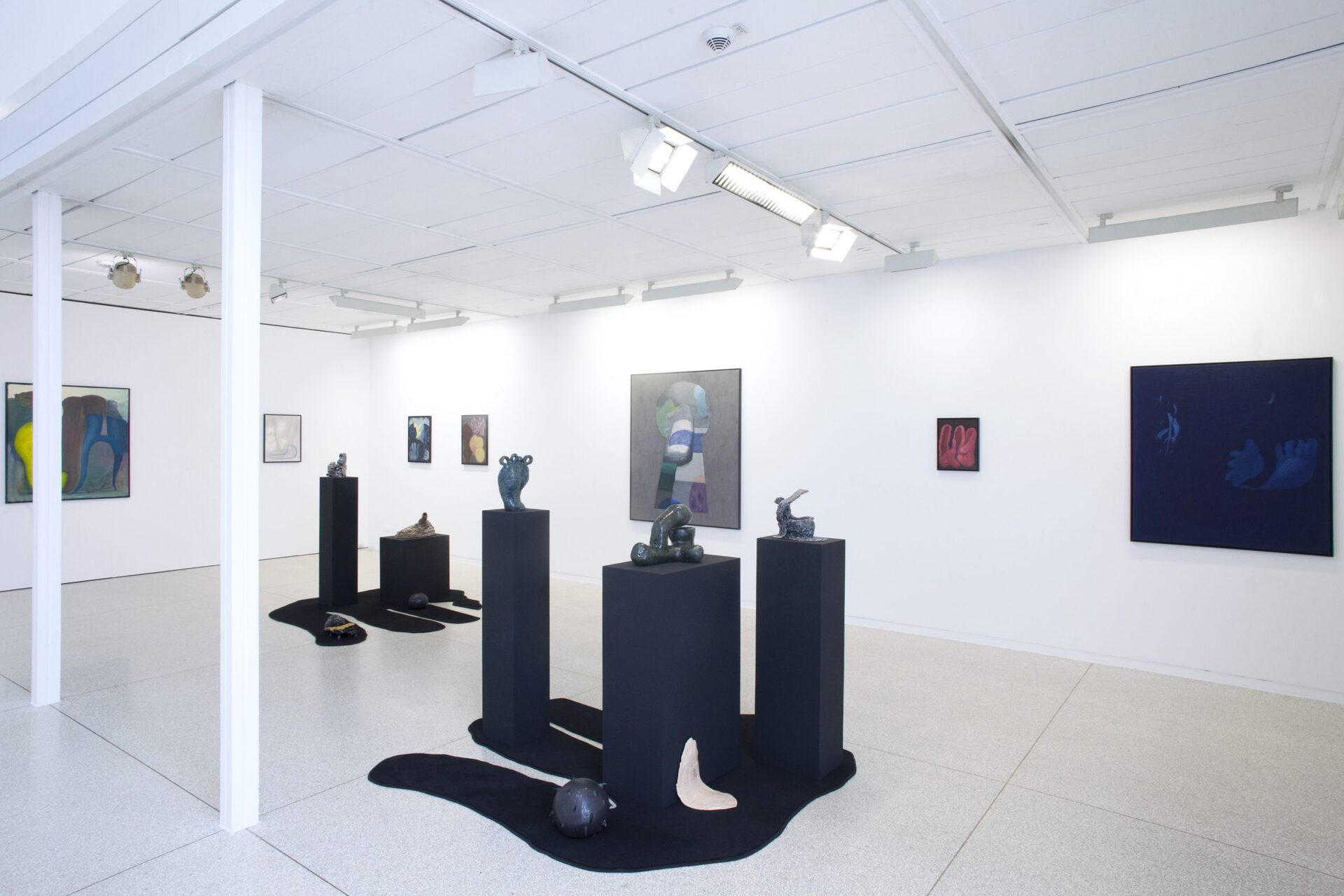
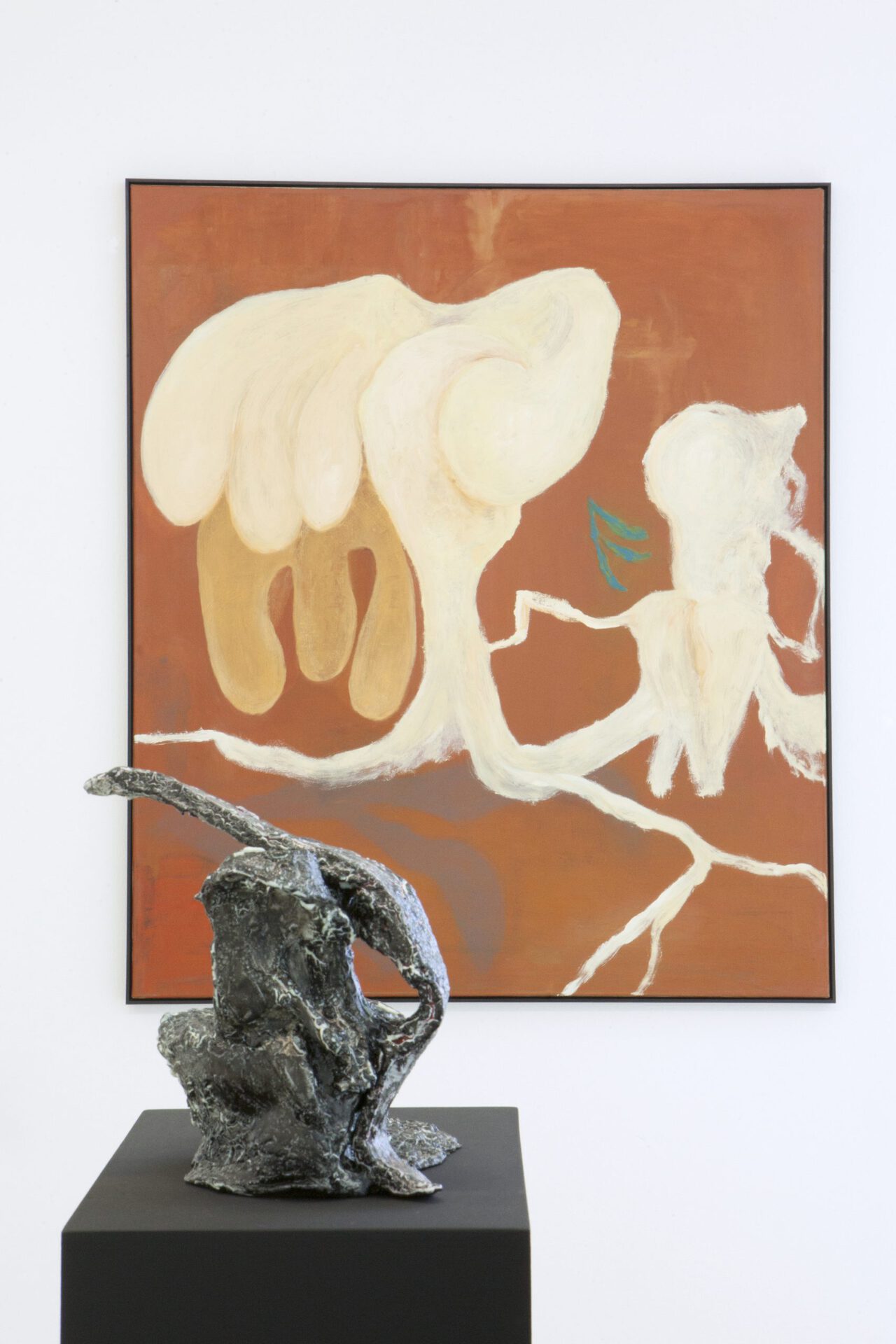
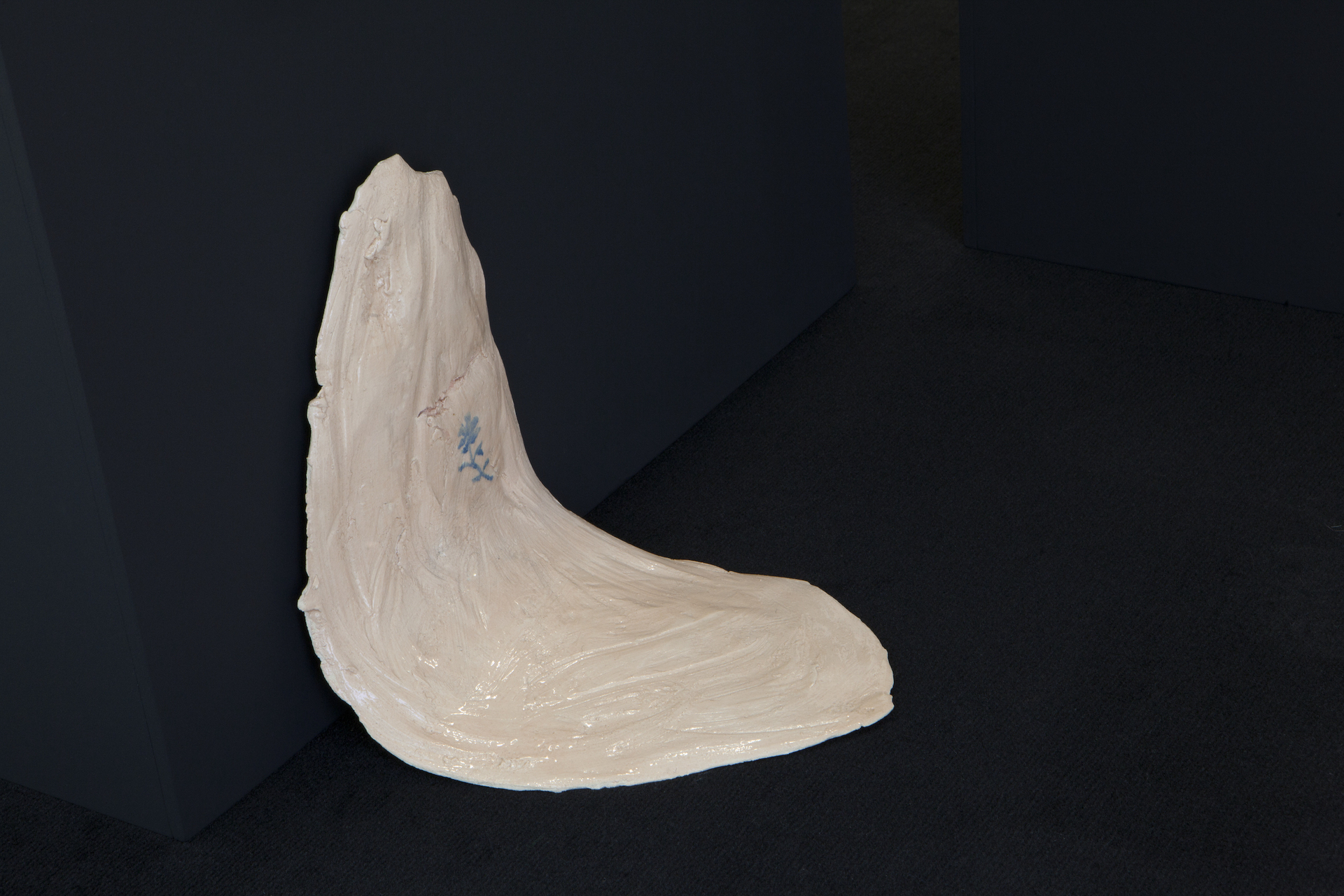
Location
Heidelberger KunstvereinDate
16.04 –12.06.2021Curator
Ursula SchöndelingPhotography
Markus KaeslerSubheadline
of the Andreas Felger Kulturstiftung and Heidelberger Kunstverein Following nominees have been selected by an array of appointed curators and artists: Jana Baumann (curator, Haus der Kunst, München): Veronika Hilger Julia Grosse & Yvette Mutumba (curators, Contemporary And (C&), Berlin): Anna Slobodnik Sergej Jensen (artist, Berlin): Bradley Davies Chus Martínez (curator, director Institut Kunst, HGK FHNW Basel): Mojé Assefjah Mathilde ter Heijne (artist, Universität der Künste Berlin): Ada van HoorebekeText
The WERK.STOFF Painting Award conceives painting as an open concept. Beyond the connotation of the classical easel painting, the prize embraces contemporary painterly practices that expand the repertoire of materials and subjects by cross–culturally incorporating marginalized worlds and ways of working. The prize emphasizes the polyphony of the medium, reflecting the ongoing transformation of artistic production and the plurality of experiences in a globalized world. The exhibition this year, marks the award’s second iteration! Presented works by the nominated artists extend into space, join different media, and disrupt common conceptions of painting.
The nominees have been selected by an array of appointed curators and artists:
Jana Baumann (curator, Haus der Kunst, München): Veronika Hilger
Julia Grosse & Yvette Mutumba (curators, Contemporary And (C&), Berlin): Anna Slobodnik
Sergej Jensen (artist, Berlin): Bradley Davies
Chus Martínez (curator, director Institut Kunst, HGK FHNW Basel): Mojé Assefjah
Mathilde ter Heijne (artist, Universität der Künste Berlin): Ada van Hoorebeke
A jury of Ulrike Groos, director Kunstmuseum Stuttgart, and Martin Engler, head of contemporary art collection, Städel Museum, Frankfurt, together with Ursula Schöndeling, director Heidelberger Kunstverein, will select a winner from the shortlist of nominees. The award includes a scholarship and a catalog grant of €10,000 each, as well as a subsequent solo exhibition at the Heidelberger Kunstverein.
Mojé Assefjah’s (*1970, Teheran, Iran) pictorial systems consist of broad egg–tempera brushstrokes countered by fine lines. Her strokes allude to the materiality of cloths or curtains blowing in the wind, whilst simultaneously mimicking the elegant expression of Persian calligraphy; with the measured and deliberate tempo of that writing, the slow twisting and turning of the pen to modulate each stroke and produce a harmonious unity.
Bradley Davies (*1990, London, United Kingdom) works respond to social phenomena and prevailing visual cultures and semiotics. With tongue-in-cheek humor, he resorts to traditional subjects and conventions in art history joint with a playful manipulation of the English language through his titles. Masquerade, mimicry, and disguise are at once subject matter and artistic tactic.
With her oil paintings and ceramics Veronika Hilger (*1981, Prien am Chiemsee, Germany) traverses the classifications of the historicized medium of painting and develops her own pictorial language by appealing to a visual memory schooled by Western (post-)modernism. Between abstraction and figuration, formlessness and form, her paintings and sculptures seem to inhabit a state of inbetweenness, a coming–into–being.
Ada van Hoorebeke (*1982, Kortrijk, Belgium) develops her installations like walk-in showrooms and open production sites. Her batiks are suspended from the ceiling. Accompanied by different objects representative of the dying process and manual labor, they create an overall image with multiple layers the viewer is invited to traverse. The environments she creates combine the wax-resist dyeing technique she learned in Gambia and Indonesia with elements of her own daily surroundings.
In Anna Slobodnik’s (*1990, Moscow, Russia) works, patterns and ornaments experience a re–valuation through serial repetition in large formats. In contrast to a modernist logic that places the desire for ornamentation at the lowest level of cultural development, the artist engages with decorative elements and makes them the subject of her practice. Through a subtle play with the connotations of pattern in their proximity to lower crafts and female domains, she creates her own patterns as independent works displayed in response to the architecture of where they are presented.